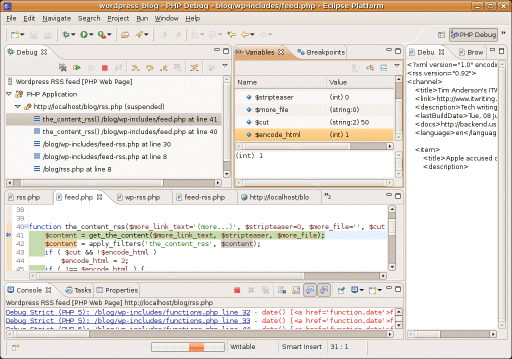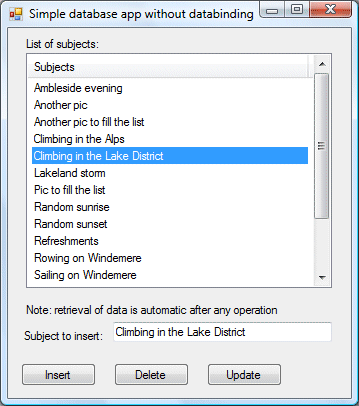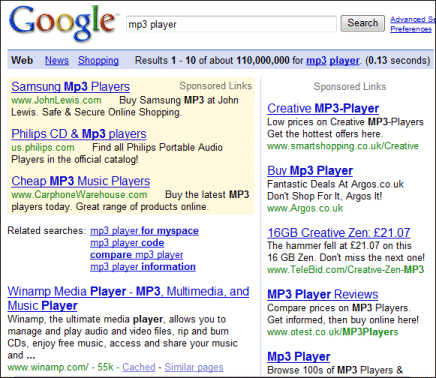Yesterday I attended the Bob Dylan – Drawn Blank exhibition at the Halcyon Gallery in London. This is a smart gallery near Bond Street; the exhibition is free but this is also a highly successful commercial enterprise.
I really enjoyed the exhibition and recommend it highly. It is open in London for a few more weeks; following which I gather there will be a world tour.
The origin of the pictures is unusual. Dylan drew some sketches while on tour (then again, he is always on tour) between 1989 and 1992. These were published by Random House under the title Drawn Blank. A museum curator called Ingrid Mössinger picked up on them in 2006 and got Dylan to agree to reworking them for an exhibition and for sale as originals and limited edition prints.
The original drawings were scanned, enlarged, and printed. Dylan then added colour by painting on them, mainly over a period of 8 months in 2007. Some, possibly most, of the drawings were painted several times; Dylan being Dylan, he used different colours each time.
This means that what you can buy is either an unique painted print, for sums of £25,000 and upwards, or a limited edition coloured print, for sums of around £2000 upwards. Note the “upwards”: the prices I saw were several times larger on many of the pictures. I also noticed that most of the paintings were already sold.
The exhibition is on several floors, with the paintings on the lower floors and the prints above. I spent a happy hour or two looking at them. I have no idea how they rate as art; I cannot separate them in my mind from the Bob Dylan I know as a singer and songwriter. The pictures have a certain naivety; but I found them rich in meaning as well.
He gets perspectives slightly wrong at times, but in a charming manner. For example, there is an image showing a timber porch and stairway beyond which you can see cars driving up a hill. They are like toy cars and one is at an especially odd angle, but it is quaint and humorous. Dylan seems interested in angles; he draws a car parallel to the banister of the stairway; we see pillars and telegraph poles leaning this way and that.

There are several images of train tracks which are highly evocative; there is also a rather sensual picture of two sisters which brings to mind Ballad in plain D “Of the two sisters, I loved the young…”
In a memorable quote on one of the walls Dylan recalls visiting an office and seeing a “blazing secretary”; who else would put together those two words? For me it evoked a woman with deep passions who keeps them constrained and hidden during her humdrum working day – though who knows if that was what Dylan meant?
If the prints had been a few hundred rather than a few thousand pounds I might have scraped together the money to buy one or two. As it was, I contented myself with the books. The hardback exhibition book is a well produced collection with nearly 300 pages in large format; at £39.95 it struck me as pretty good value. There is also a cheaper paperback which just has the prints. Being a fan, I bought one of each.
Is the rebel Dylan of the Sixties now totally owned by the establishment? I fear so; but it is a compliment as well.



